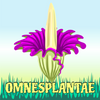I grow carnivorous plants (CPs). I find their genetic make-up interesting and their being carnivorous makes them uniquely unique (talk about being redundant, lol) from other plants. Growing these plants can be challenging, as the different species have their own growing requirements like temperature, sunlight, growing medium, and many others. In addition, they grow much slower compared to other plants. Seeds alone can take weeks or even months before they start to germinate. In spite of these challenges, being able to grow them successfully is truly rewarding.

In this post, I won't talk much about CPs, yet. I will create specific posts about them. This time, I am talking about the growing medium for CPs. I mentioned above that various specifies have their own requirements when you grow them, and that includes the growing media. You can have different media for your CPs. There are plenty available - sphagnum moss, vermiculite, sand, and/or perlite. Growers have their own "formula" or combination ratios of these medium for each species.
As a way of doing things, I generally go for convenience. As long as it works for me, I don't have to submit to those standards set by others. While I respect their own way of doing things and I refer to experts most of the time, if I can do something more convenient for myself but still functional, I would rather do it my way. The same is true with preparing medium for CPs, if you search the Internet, you will find a lot of combination ratios for different types of CPs. For example, some gardeners will recommend 50:50 ratio of peat and sand for Venus Flytraps. In going for convenience, I thought of making my "standard" growing mix for CPs, when I say standard, it will be the same for all my CPs, regardless of the type of species. I did some experiments before and I found my "functional mix". I cannot say it is my perfect mix because I continue to do experimentation but at the moment, this mix works for me for almost two years now.
I use this mix to plant my Venus Fly Traps, Sundews, and Pitcher Plants. I haven't encountered any problems with this medium and if you are into these kinds of plants, you may as well try if this will work for you too.
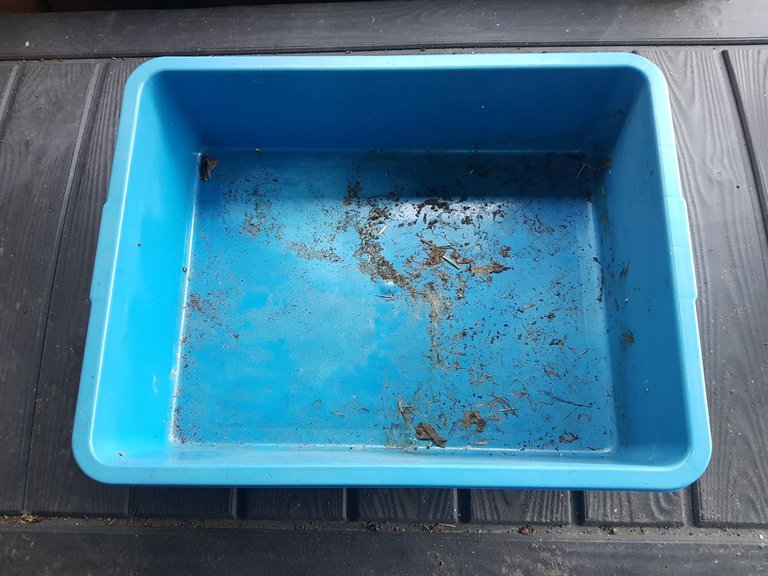
Now to my mix. The ratio that I am using is 12:2:1 parts. My media that I use for the ratio (in order) is sphagnum peat moss, sand, and perlite.
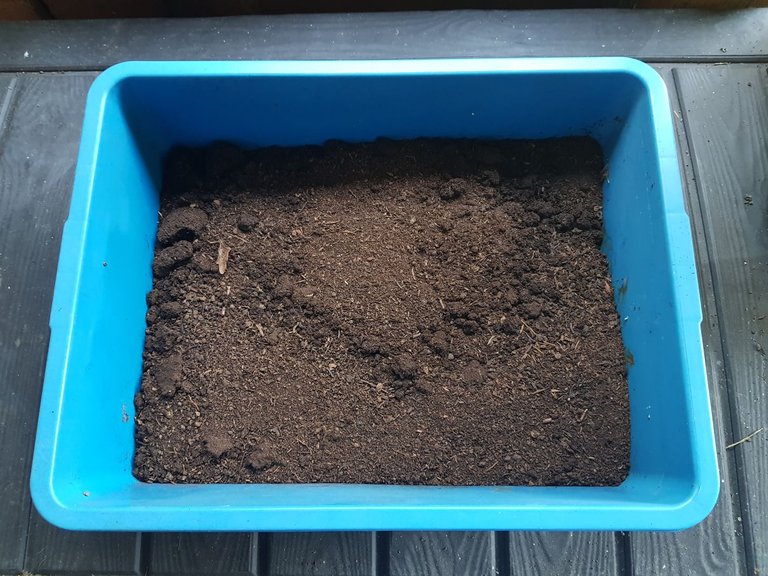
This is peat moss. It is actually decomposed sphagnum, a genus of moss which is abundant here in New Zealand. It is a good medium not only for CPs but for other plants as well like orchids because it great ability to absorb and hold water, making it a great soil addition for water retention.

For the sand, make sure that you are using sand for horticultural use. Some ordinary sands being sold have been treated with chemicals which will kill your plants. You cannot collect sand from the shore either. I know someone who used sand from the beach but the high levels of salt (from the sea water) killed his CPs.

Last is the perlite. It is a naturally-occurring type of volcanic glass. It is lightweight and has very low density. It also has high absorptive capacity which makes it a popular additive to planting medium. It is granular in form and comes in different sizes.My personal preference are those medium in size and I don't want those very tiny ones as there is a danger that you may inhale them when you handle them. So for your safety, it is better to wear facemask to avoid inhaling them.
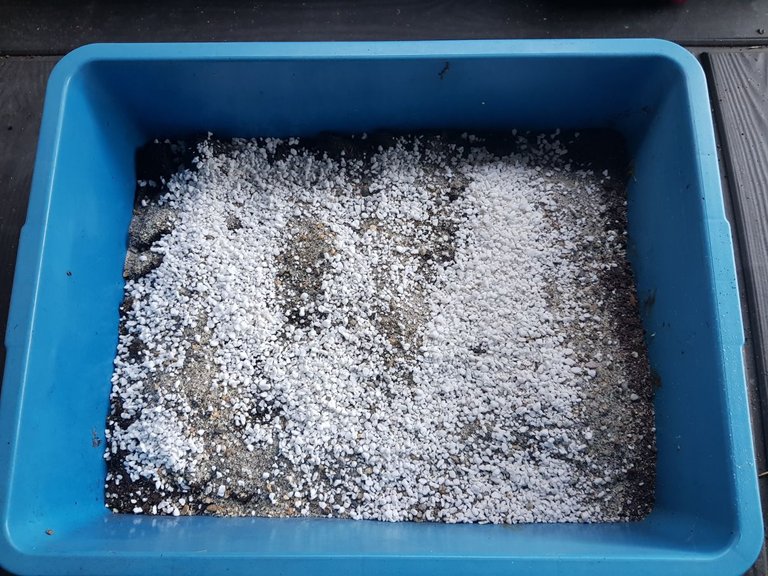
I poured in water just enough for the perlite to float then just mixed them by hand.
You can add more water if you wish, but not too much to avoid the mixture to be runny. I usually add more water just ehough to bind the three together.
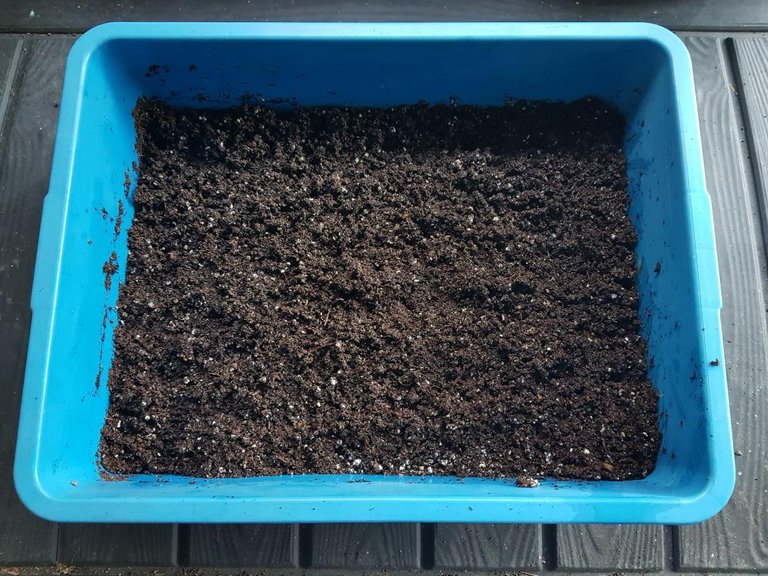
And that's it! I just set this aside and use it when I need it. The photo below is a Drosera Filiformis that I grew from a leaf about 10 months ago (see how slow they grow!), which I transferred to a new pot using the medium I mixed above. I also add live sphagnum to cover the surface around the plant.

Thank you for reading and I hope you learn something. Feel free to leave your comments.
A Little About Me
Please feel free to follow my account if you like my post.


